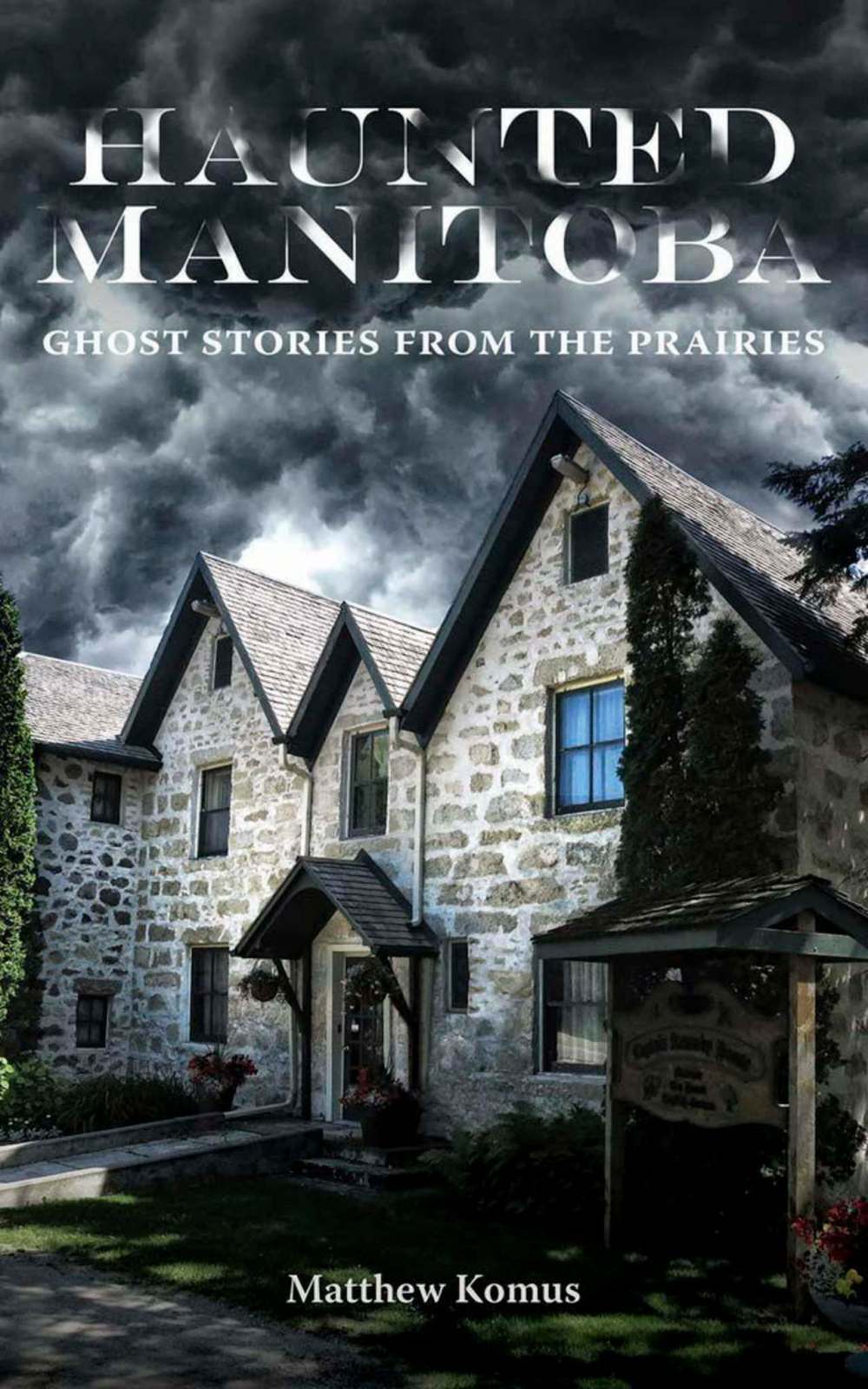Province’s haunted history detailed
Advertisement
Read this article for free:
or
Already have an account? Log in here »
To continue reading, please subscribe:
Monthly Digital Subscription
$1 per week for 24 weeks*
- Enjoy unlimited reading on winnipegfreepress.com
- Read the E-Edition, our digital replica newspaper
- Access News Break, our award-winning app
- Play interactive puzzles
*Billed as $4.00 plus GST every four weeks. After 24 weeks, price increases to the regular rate of $19.00 plus GST every four weeks. Offer available to new and qualified returning subscribers only. Cancel any time.
Monthly Digital Subscription
$4.75/week*
- Enjoy unlimited reading on winnipegfreepress.com
- Read the E-Edition, our digital replica newspaper
- Access News Break, our award-winning app
- Play interactive puzzles
*Billed as $19 plus GST every four weeks. Cancel any time.
To continue reading, please subscribe:
Add Free Press access to your Brandon Sun subscription for only an additional
$1 for the first 4 weeks*
*Your next subscription payment will increase by $1.00 and you will be charged $16.99 plus GST for four weeks. After four weeks, your payment will increase to $23.99 plus GST every four weeks.
Read unlimited articles for free today:
or
Already have an account? Log in here »
Hey there, time traveller!
This article was published 30/11/2019 (2155 days ago), so information in it may no longer be current.
A followup to the well-received Haunted Winnipeg (2017), Matthew Komus’s Haunted Manitoba is a detailed, if somewhat tame and predictable, exploration of the spooky landmarks throughout our province.
Ghost stories are an important aspect of any geographic location. They become a part of the individual makeup of communities, transforming into urban legends and small-scale myths, binding people to a collective experience of a place. Komus understands the ghost stories from around Manitoba, which he has collected in this short volume, fulfil that purpose to these small Manitoba communities. If you are from the towns he describes, chances are you know some version of the stories he’s included.
To that end, Komus’s goal seems to be to preserve a kind of oral history around these particular tales rather than actually cause any scares or examine the supernatural. This gathering of stories is sure to please history buffs, particularly those interested in Manitoba history. Most of the entries spend more time providing the history of the place — or the building, or the artifacts contained therein — than they do on the spectres themselves.

The stories recounted here will sound familiar to anyone with an interest in ghost stories or urban legends: spectres in cemeteries, apparitions of transparent figures dressed in old-fashioned clothing, disembodied footsteps and slamming doors.
Komus doesn’t seem that interested in identifying different kinds of spectres (poltergeists, ghosts, demons, tricksters, etc.) or even questioning the veracity of the accounts. In each case, he tries to identify logical possibilities of what spirit is creating the haunting (essentially, whose ghost it is), tying together historical snippets with the details of the ghostly experiences. For anyone well-versed in the supernatural or the occult, this will come across as limiting. But in the end, it’s not a detriment; Komus’s focus is more on the historical accounts of the places and buildings than exploring the different kinds of paranormal phenomena.
Each entry is quite short, and the collection is organized around specific areas of Manitoba, such as Upper and Lower Fort Garry, New Iceland (the Interlake), Central Plains and even a short section on Winnipeg, though Komus deals with different hauntings than he did in his previous book. This makes it easy for readers to skim to a section they’re most interested in reading, or to just pick up the book, read a few pages and set it down to return to later.
Komus mentions he conducted a number of personal interviews in order to collect and compile the stories here, but does not include any information about these sources. This means there’s no way for interested readers to corroborate the details of the hauntings, unless they are featured in other books. The endnotes feature a respectable bibliography of source material — Komus is a historian, after all — though it does seem many of the ghostly encounters stem from just a handful of other books.
Haunted Manitoba is a perfect introduction to local spookiness for younger readers, or for anyone interested in the history of our local Manitoban communities. While it won’t likely leave readers unsettled, it offers an appreciation of the history of Manitoba.
Keith Cadieux is a Winnipeg writer and editor.

